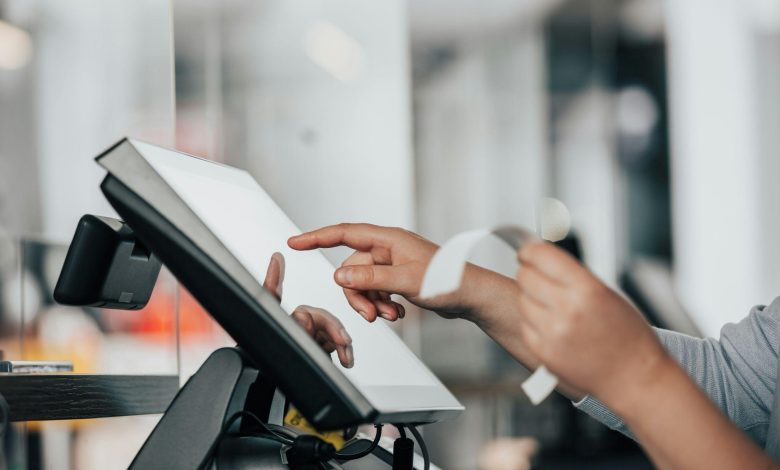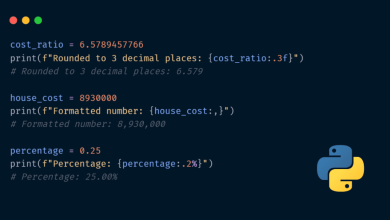The Impact of Digitalization and Automation on Delivery

We live in a world where technology has seemingly outpaced itself while businesses scramble to find ways to keep up with rising consumer demands and expectations regarding the delivery of goods. While the old ways of getting goods from businesses to customer doorsteps served their while, today’s times demand a pivot in how delivery systems operate.
This article written by Alexander Zakharenko, Head of Development and Application Architect explores how digitalization and automation can help your business compete and thrive in a sea of fierce competitors and redefine the standard of delivery.
Digitalization in Delivery
Over the years, numerous technologies have emerged, notably the following key technologies.
Internet of Things and Advanced Tracking Systems
IoT (Internet of Things) technology facilitates real-time data collection, crucial to monitoring and tracking transiting goods. Incorporating this into the mix improves asset management and monitoring efficiency, optimizing your business’ operational processes.
Though this may not always be the case, advanced tracking systems can be combined with IoT devices. That’s great, but what does it do? This enables you and your respective stakeholders to pinpoint the exact location and condition of your goods at any given time.
An example of this is the case of Deloitte’s case example as they worked on the development of AWS (Amazon Web Services). This particular case highlights how IoT technology has revolutionized supply chain solutions, enabling accurate asset tracking on a large scale. On top of that, real-time data collected and optimized delivery schedules and routes helped Amazon drive down costs while significantly speeding up its delivery times.
Blockchain for Enhanced Transparency
While we may have associated blockchain with cryptocurrencies, it can do more than just that. Blockchain technology has been a game changer in redefining transparency and security in supply chains by enabling the creation of immutable ledgers for recording transactions. This ledger can then be distributed only to designated parties, which promotes data integrity and builds stakeholder trust. Think of it as a classified and locked document only you and certain stakeholders have access to.
When blockchain combines with the power of IoT, it forges a more robust, transparent, and secure supply chain environment as transactions occur. The technology also promotes data integration that protects businesses from fraudulent practices and aids in eliminating the transportation of counterfeits.
Automation in Delivery
The first things that often come to mind are autonomous vehicles and flying drones, and though that may be the case, there’s more than meets the eye. Automation in delivery processes has ignited the spark to make faster delivery times possible and mitigate the margin of human error. Here are some key innovations to take note of in the coming years.
Autonomous Delivery Vehicles and Drones
The thought of self-driving cars and flying robots seemed like a fairytale come true, as companies like Amazon and Tesla have pioneered these innovations. Amazon has specifically created Prime Air drone delivery systems that are capable of sensing and avoiding obstacles such as pets, property items, furniture, and people to safely deliver goods.
In contrast, Nuro is another company pioneering autonomous ground vehicles (essentially self-driving vehicles) to deliver grocery orders and parcels in suburban and urban areas.
Though we may not see flying drones and self-driving cars every day right now, we should keep an eye on these innovations as the world progresses with tech advancements over the long haul.
AI and Machine Learning
With the capabilities of Artificial Intelligence and machine learning algorithms, businesses can now be empowered to mass-analyze large data sets, optimize delivery routes and schedules, and even forecast delivery issues for businesses to anticipate and adjust to.
Additionally, these innovations enable demand forecasts, real-time route adjustments through traffic data received, and optimization of inventory management, all of which promote efficiency and cost savings. For example, IBM Watson is currently spearheading the utilization of AI to break the ceiling of supply chain management and enable insights to aid businesses in forecasting, planning, and preventing delivery disruptions.
Challenges to Implementation
Like coins, there are always two sides to consider. Digitalization and automation may have benefits, but they also come with challenges you must know.
- High upfront costs: This may hinder small businesses or startups, as budgeting for implementing these technologies can be a constraint in critical growth years. More effort is required to secure funding, get shareholders’ or partners’ buy-in to implement these technologies, and upskill employees to use these new technologies.
- Fear of job displacement: Long-time employees may need the most help. They may be resistant to change as they witness how machines can seemingly replace their jobs. New tools mean more resources, time, and empathy are needed to ensure employees can smoothly transition to the new state while keeping them reassured of their roles and supported throughout the change.
- Regulatory obligations: A new way of doing things means a new set of regulatory considerations to navigate legally and ethically. An example would be using drones and complying with airspace regulations, which may involve obtaining permits and understanding how to navigate restricted areas.
Case Study: PandaBox for Last Mile Delivery
The last mile is often the most expensive and complex leg of delivery supply chains. Getting those delicious meals from a local restaurant or customized ecommerce items from international suppliers to an end customer involves many different steps and efficiencies.
One solution to streamline this process is PandaBox. This innovative last-mile delivery automation system leverages real-time tracking, AI integration, and machine learning to maximize how quickly items are delivered – all without sacrificing customer service.
The simple premise is automation through PandaBox can complete tasks like allocating orders to different couriers, build unique workflows tailored to the business, and maintain brand integrity when ordering through the mobile application.
Built by Lab42, automation systems like PandaBox are perfect examples of how technology transforms the delivery sector. Finding new ways to make more efficient systems that free up valuable human resources is crucial to remaining competitive in today’s market. More and more consumers are ordering through ecommerce and delivery-enabled businesses. Without such integrations, you run the risk of losing business to a more adaptive competitor.
Best of all, PandaBox and similar developments allow for real-time tracking of items through your supply chain. GPS and AI integration means you can optimize business operations and reduce the risks plaguing many SMEs – especially in the restaurant start-up world.
Delivering Success to Doorsteps
The science fiction world of The Jetsons and similar fantastical worlds are no longer “blue sky” ideals. While flying cars may still be in their infancy, automated delivery systems can provide support and efficient solutions for businesses and customers alike.
We live in a revolutionary time when a customer can order dinner on the way home from work and have it waiting there on the doorstep, still hot and ready to eat. Drone technology, robotics, automation, AI, and machine learning are not secret catchphrases kept private in the halls of universities and think tanks. Tomorrow’s delivery automation is today’s competitive advantage.
Embracing tools like PandaBox allows your business to expand operations and make better use of available resources. It is the key to unlocking new revenue streams while reducing expenses and errors. If this is possible today, what will be around the corner for the delivery industry tomorrow?
The post The Impact of Digitalization and Automation on Delivery appeared first on Datafloq.




